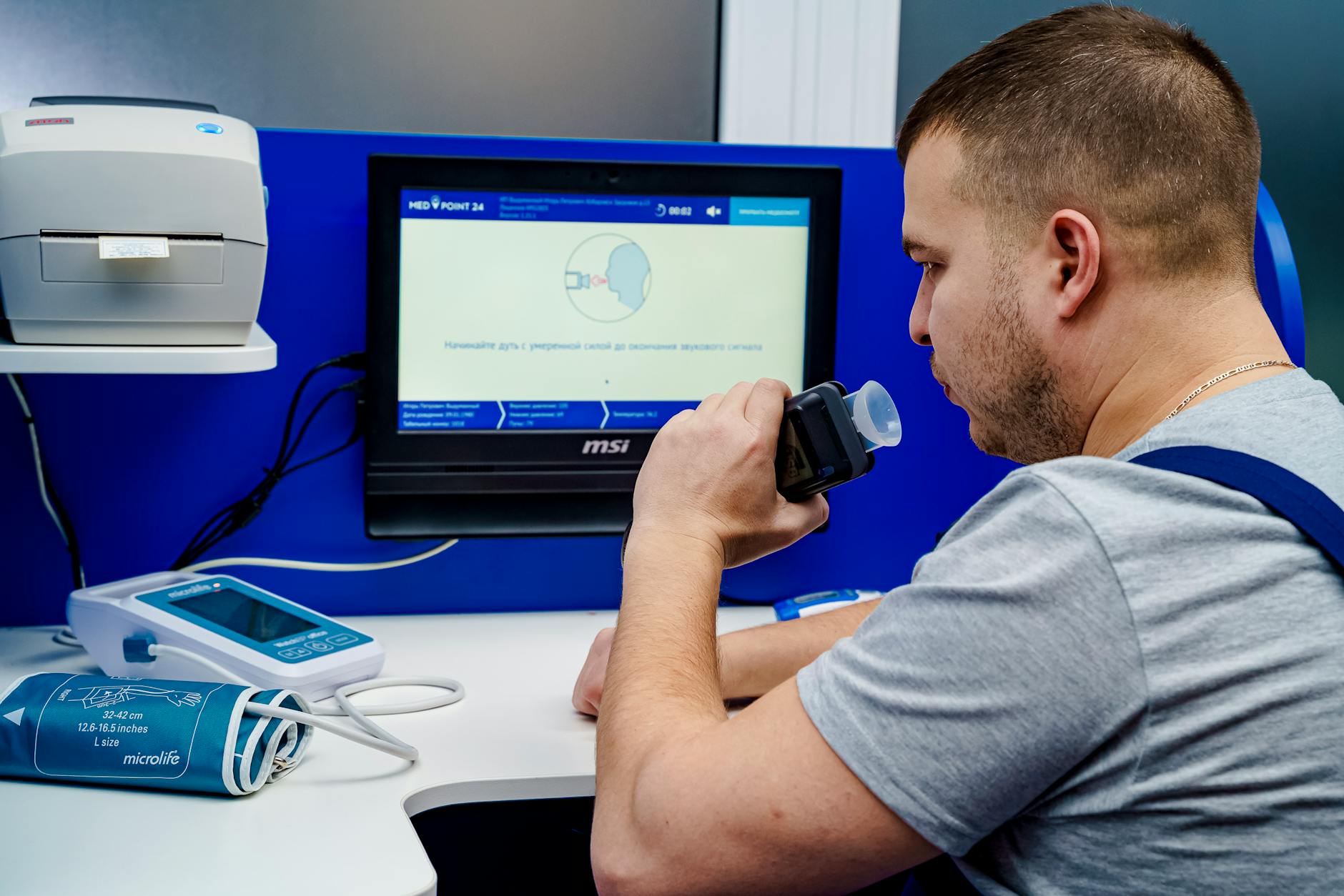Discover the hidden factors behind alcohol tolerance and learn how they determine how many beers it actually takes to get drunk.

Image courtesy of MedPoint 24 via Pexels
Table of Contents
As adults, many of us have experienced the effects of alcohol intoxication at some point in our lives. Whether it’s a casual night out with friends or a celebration, the question of “how many beers does it take to get drunk?” is a common one. While the answer may vary from person to person, there are several key factors that influence intoxication levels. In this blog post, we will delve into the science behind alcohol metabolism, individual tolerance levels, and the various factors that play a role in determining how many beers it takes to get drunk.
Factors Influencing Intoxication
When it comes to alcohol consumption, there are several factors that can influence how quickly you become intoxicated. Body weight, gender, age, and metabolism all play a role in how your body processes alcohol. Generally, the more you weigh, the more alcohol it will take to reach a certain level of intoxication. Men typically have a higher water content in their bodies than women, which can lead to a slower absorption of alcohol. Age can also affect alcohol metabolism, as older individuals may process alcohol more slowly than younger ones.
Additionally, the presence of food in your stomach can impact how quickly alcohol is absorbed into your bloodstream. Eating a meal before drinking can help slow down the absorption of alcohol, while drinking on an empty stomach can lead to faster intoxication. Knowing how these factors impact your own tolerance levels can help you make informed decisions about your alcohol consumption.
Alcohol Metabolism
Understanding how alcohol is metabolized in the body can provide insight into why some people may feel more intoxicated after consuming the same amount of alcohol as others. When you drink alcohol, it is absorbed into your bloodstream and travels to your liver, where it is metabolized. The liver breaks down alcohol into acetaldehyde and then into acetate, which is eventually converted into carbon dioxide and water.
Blood alcohol concentration (BAC) is a measure of how much alcohol is in your bloodstream. BAC levels can vary depending on factors such as the amount of alcohol consumed, the rate of consumption, and individual metabolism. In general, a BAC of 0.08% is considered the legal limit for intoxication in most states.
Factors such as genetics and liver health can also impact how quickly your body metabolizes alcohol. Some individuals may have variations in the genes responsible for alcohol metabolism, leading to differences in how they process alcohol. Additionally, individuals with liver conditions may have difficulty metabolizing alcohol, putting them at greater risk for intoxication and other health issues.
Understanding Your Own Tolerance
One of the most important aspects of responsible drinking is understanding your own alcohol tolerance levels. Becoming familiar with how alcohol affects your body can help you make informed decisions about when to stop drinking and avoid overconsumption. To determine your own tolerance, it’s important to pay attention to how alcohol affects you personally and to know your limits.

Image courtesy of es.slideshare.net via Google Images
It’s also crucial to drink responsibly and to know when to stop. Setting a limit for yourself before you start drinking can help prevent overconsumption and reduce the risk of negative consequences. Alternating between alcoholic and non-alcoholic beverages, pacing yourself, and staying hydrated can also help mitigate the effects of alcohol.
Ultimately, the key to enjoying alcohol responsibly is to be mindful of your consumption and to make informed choices about when and how much to drink. By understanding the factors that influence intoxication levels and knowing your own tolerance, you can have a safer and more enjoyable drinking experience.
Conclusion
In conclusion, the question of how many beers it takes to get drunk is not a simple one-answer-fits-all scenario. Alcohol metabolism, individual tolerance levels, and various factors such as body weight, gender, and age all play a role in determining intoxication levels. By understanding the science behind alcohol consumption and the factors that influence how alcohol affects your body, you can make more informed decisions about your drinking habits and stay safe while enjoying alcohol responsibly.
Remember to always drink in moderation, know your limits, and prioritize your health and safety when consuming alcohol. By being mindful of your alcohol consumption and making responsible choices, you can have a more enjoyable and safer drinking experience.
FAQ
How does body weight affect how many beers it takes to get drunk?
Body weight plays a role in alcohol tolerance. Generally, the more you weigh, the more alcohol it will take to get drunk, as there is a larger volume of blood and bodily fluids to dilute the alcohol.
Can genetics impact how quickly someone gets drunk?
Yes, genetics can influence alcohol metabolism. Variations in genes responsible for alcohol metabolism can affect how quickly a person processes alcohol, leading to differences in intoxication levels.
How can I determine my own alcohol tolerance?
To determine your alcohol tolerance, pay attention to how alcohol affects you personally, know your limits, and drink responsibly. Set a limit before drinking, pace yourself, and stay hydrated to prevent overconsumption.
Does age affect how many beers it takes to get drunk?
Yes, age can impact alcohol metabolism. Older individuals may process alcohol more slowly than younger ones, leading to a higher likelihood of feeling intoxicated after consuming the same amount of alcohol.
Generated by Texta.ai Blog Automation
Leave a Reply